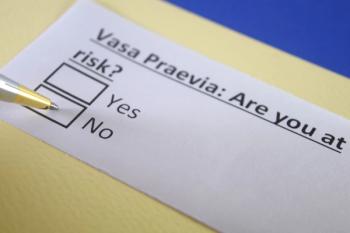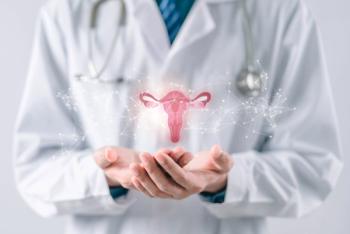
Evaluating endometrial ablation techniques
Two experts review 5 global endometrial ablation techniques: uterine balloon, circulating hot water, cryotherapy, radio frequency electrosurgery, and microwave energy.
Five endometrial ablation devices to treat idiopathic menorrhagia have been approved by the Food and Drug Administration (FDA) since 1997. They are often referred to as global endometrial ablation (GEA) devices because they treat the endometrium as a whole by means of automated processes, rather than ablating sections of the endometrium manually by loop resection, rollerball, or laser. GEA methods include thermal balloon, circulated hot fluid, cryotherapy, radiofrequency electrosurgery, and microwave energy.
GEA devices allow physicians to perform endometrial ablation more easily in the office without the risk of fluid overload syndrome that has been associated with traditional resectoscopic surgery using electrolyte-poor fluid. Although amenorrhea rates vary widely among GEA methods, patient satisfaction is uniformly high.
Who is a candidate for GEA?
How does GEA compare with REA?
A 2005 Cochrane review compared the safety and efficacy of GEA with REA.1 GEA required less operative time (14.9 min less than REA; 95% CI, 10.1–19.7), was more likely to use local anesthesia (OR 8.3; 95% CI, 3.9–17.5) rather than general anesthesia, but posed a higher risk of device malfunction. Several complications were reported to occur less often with GEA, including fluid overload syndrome, uterine perforation, cervical laceration, and hematometra. The researchers concluded that success rates and complication rates associated with GEA compare favorably with REA.
Uterine balloon therapy
Newsletter
Get the latest clinical updates, case studies, and expert commentary in obstetric and gynecologic care. Sign up now to stay informed.









